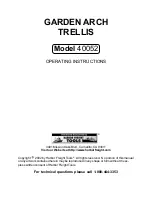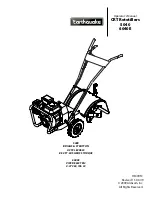
Ocean Sonics Processing Buoy User Guide
April 2020
P.4
Battery Charger Indication Light
Red Light
Charging
Green Light
Charge Complete, Float
Please see the Charger Manual for more information (located on the USB drive).
7.
Charging should take approximately 8-10 hours per buoy.
8.
To Check Battery Voltage, see Appendix D.
9.
Charge time will vary depending on discharge state of batteries.
Charging Precautions
•
Operate in an environment with proper ventilation.
•
Do not operate charger in a damp or wet environment.
•
Charger is fully automatic and can be left on the battery indefinitely.
•
Refer to Operation Manual included with charger.
•
Batteries should be stored fully charged between 15°C to 20°C.
•
Batteries should be charged every 6 months or when open circuit battery voltage
drops to 12.0 VDC.
Buoy Communication
Opening the Top Hat
Notes
1.
When the electronics enclosure (top hat) is opened by the user to access the CuBox,
extreme care should be taken to ensure there is no damage to cables or electronics.
Opening the top hat should only be done in a clean and dry environment.
2.
Inside the electronics enclosure is a low voltage disconnect (LVD) module that is
factory set at 22.4V. This setting
should not
be altered by the user and altering this
cut-off will void warranty on the buoy.
1.
Place the buoy on its side.
2.
Remove any chain or rope tied in the eye hooks.
3.
Unscrew eye bolts holding top hat in place.






























